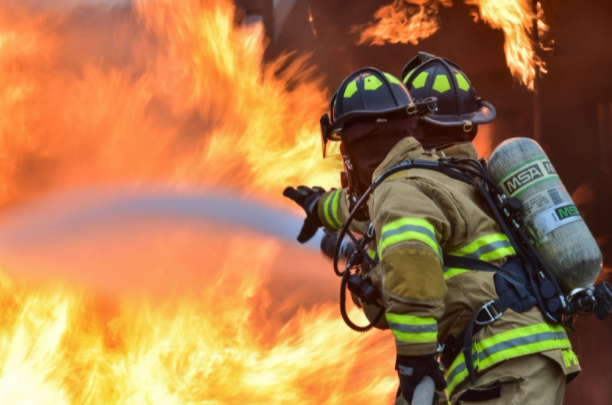As technology continues to make record advancements in the running of our daily lives and indeed for the better, how we manage emergencies like natural disasters and civil unrest to name a few have changed as well.
From running command centres in remote locations and satellite offices to innovations in search and rescue operations, technology is being used in new and exciting ways to make life better for all of us, when we need it the most
LOCATION SERVICES
Drone technology has revolutionised the way that we can not just survey affected areas after natural disasters but has also allowed us to make traditionally more dangerous sports and activities less risk-prone.
Wearable devices that transmit real-time locations of divers, skiers, hikers and sole long-distance runners are making these activities much less dangerous than before. At least in as much as finding you when things have not gone exactly to plan. These devices are also being used by emergency responders themselves when they have to go into difficult situations or venture off the track.
COMMUNICATION
OK, so this one is a bit obvious, right? But continuous advances in communication technology means that emergency responders, fire dispatch software, operations control centres, operations directors, survivors, patients the entire network of people involved in disaster management or emergencies are benefitting in greater amounts due to the smart application of technology to ease communication. From relatively simple solutions like the Motorola fire radiol, to sophisticated networks that support massive global events, communication in an emergency is absolutely critical. Governments are investing big money into technology and there is already a range of apps that monitor vital signs and communicate these immediately to responders as well as designated people in your contacts group when things go wrong.
EARLY WARNING SYSTEMS
We’ve had Tsunami warning technology for quite some time but the latest DART systems can detect and then warn about potential Tsunamis after earthquakes have been detected even at extreme deep seal levels and from hundreds of miles away from the potential danger zone. Avalanche forecasting models have now linked automatically to local emergency responders and skiers can wear devices that will raise the alarm when they’re in trouble.
In the urban environment, flood warning systems and even automatic heat-wave warning systems are changing the way we not only respond to emergent situations but how we survive them too. Database management systems, information management systems and decision support systems all integrate seamlessly with early warning systems to deliver smart warnings about potential disasters within seconds and this allows emergency responders to enjoy a level of preparedness and response that is unparalleled with anything we’ve had in the past.
If these advances can work miracles for disaster management and emergencies, then imagine what similar technologies could do for your business. We could all learn a thing or two about how efficiency is built into the way that emergencies are managed. We’re always looking at ways to make our businesses better and we could do worse than our hardworking professionals in emergency services.
This is where technology is at its very best and when we can use advances to make life better, that’s where we begin to unlock the true potential of technology and its application.

























